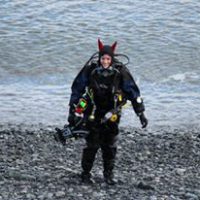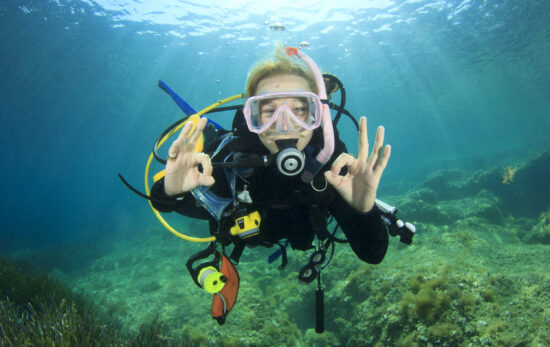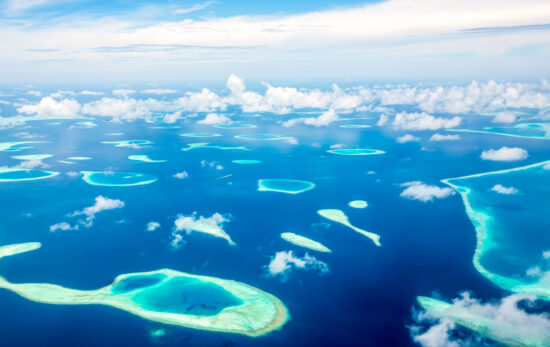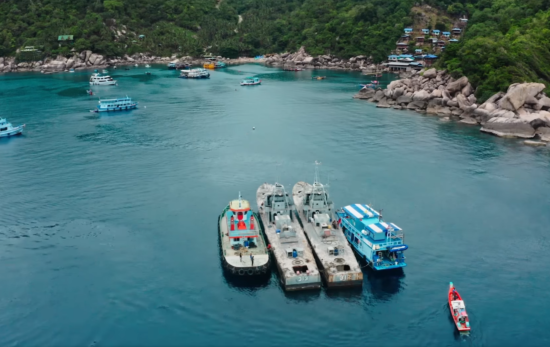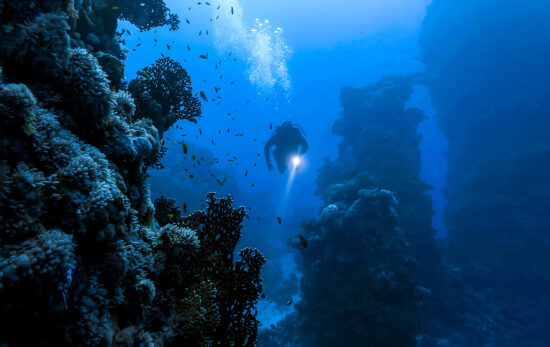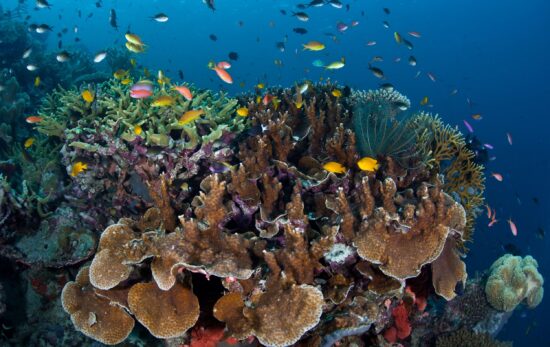Deep diving opens up a whole new world to explore, from intact wrecks and unspoilt reefs, to different flora and fauna… not to mention the thrill of venturing into the depths. As you descend, you should also expect a few changes to your body and your surroundings.

1. Inert Gas Narcosis (‘Being Narced’)
Breathing inert gases (like nitrogen) under pressure has a narcotic effect, thought to be caused by nervous system interference. You may start to notice narcosis from 25-30m, and narcosis intensifies with depth. While not harmful itself, the symptoms could include euphoria, overconfidence, slow reactions, anxiety, and even hallucinations — which can lead to poor decisions. Fortunately, there’s no long-term effect, as narcosis eases off as soon as you return to shallower waters.
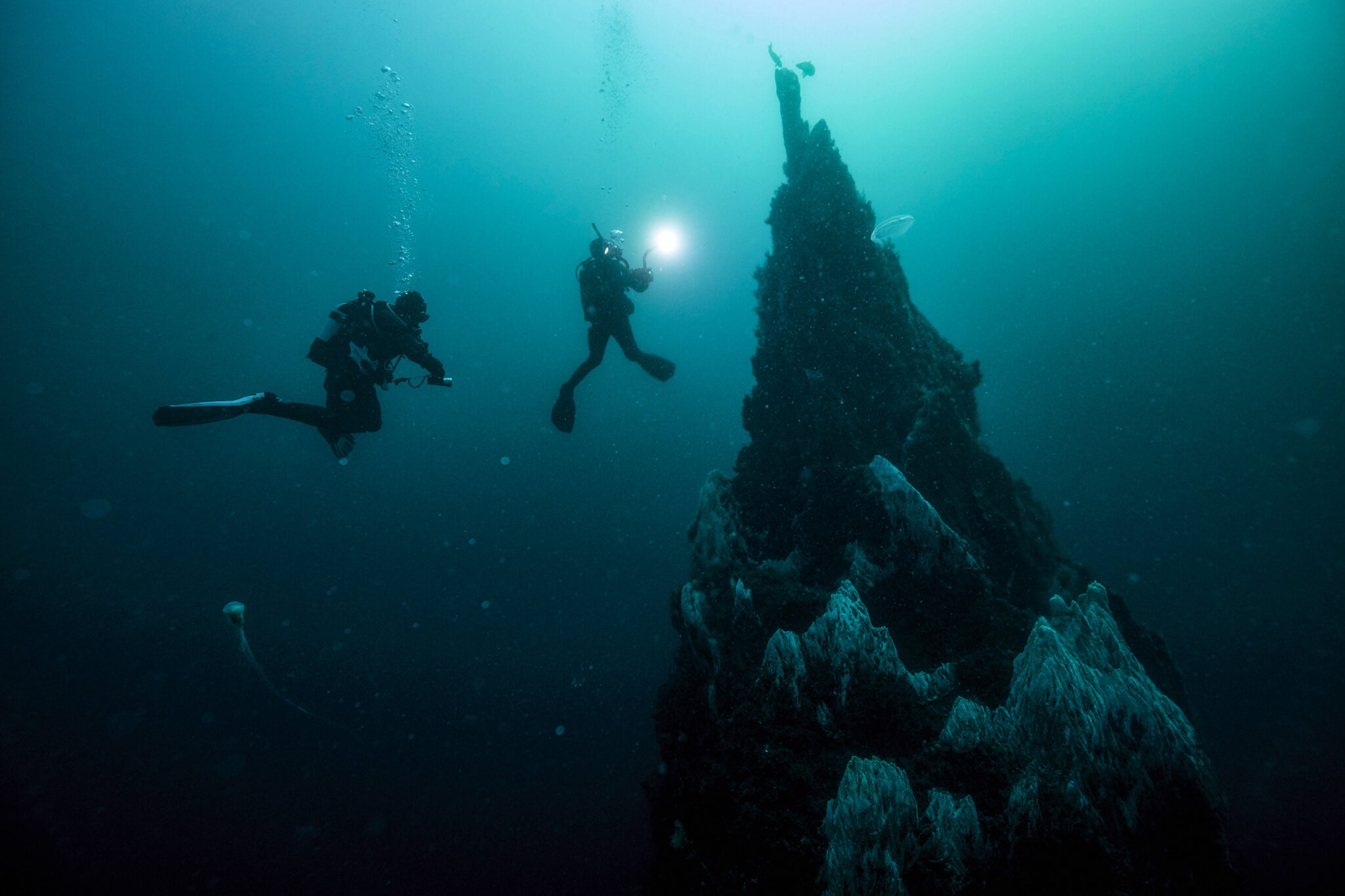
2. Gas Consumption
The deeper you go, the more gas you’ll use. This is because regulators deliver breathing gas at ambient pressure (which increases with depth), so that you can continue to breathe effortlessly. Also, the gas inside your BCD or drysuit compresses as you descend. To maintain buoyancy and comfort, you’ll need to add more air than on shallower dives. You can help to improve gas consumption with these tips.

3. Colour
Light intensity decreases with depth, and more colours are absorbed by the water. Lower energy colours with longer wavelengths (like red) disappear first, while higher energy colours with shorter wavelengths (like violet) disappear last — think of a rainbow. So, as you venture deeper, things get progressively dark and blue, but using a dive light (or for photographers, a flash or strobe) will instantly restore the full spectrum of colours into your vista.

4. Temperature
Water generally gets cooler with depth, because sunlight only heats the first few centimetres. Temperature can sometimes change suddenly (a thermocline), creating a visible ‘shimmer’ and varying several degrees in just a few fin kicks. Don’t forget that neoprene compresses under pressure, so regular wetsuits will be less insulating the deeper you go. Check with your dive operator about expected temperatures, so you can choose the right suit to keep you warm.
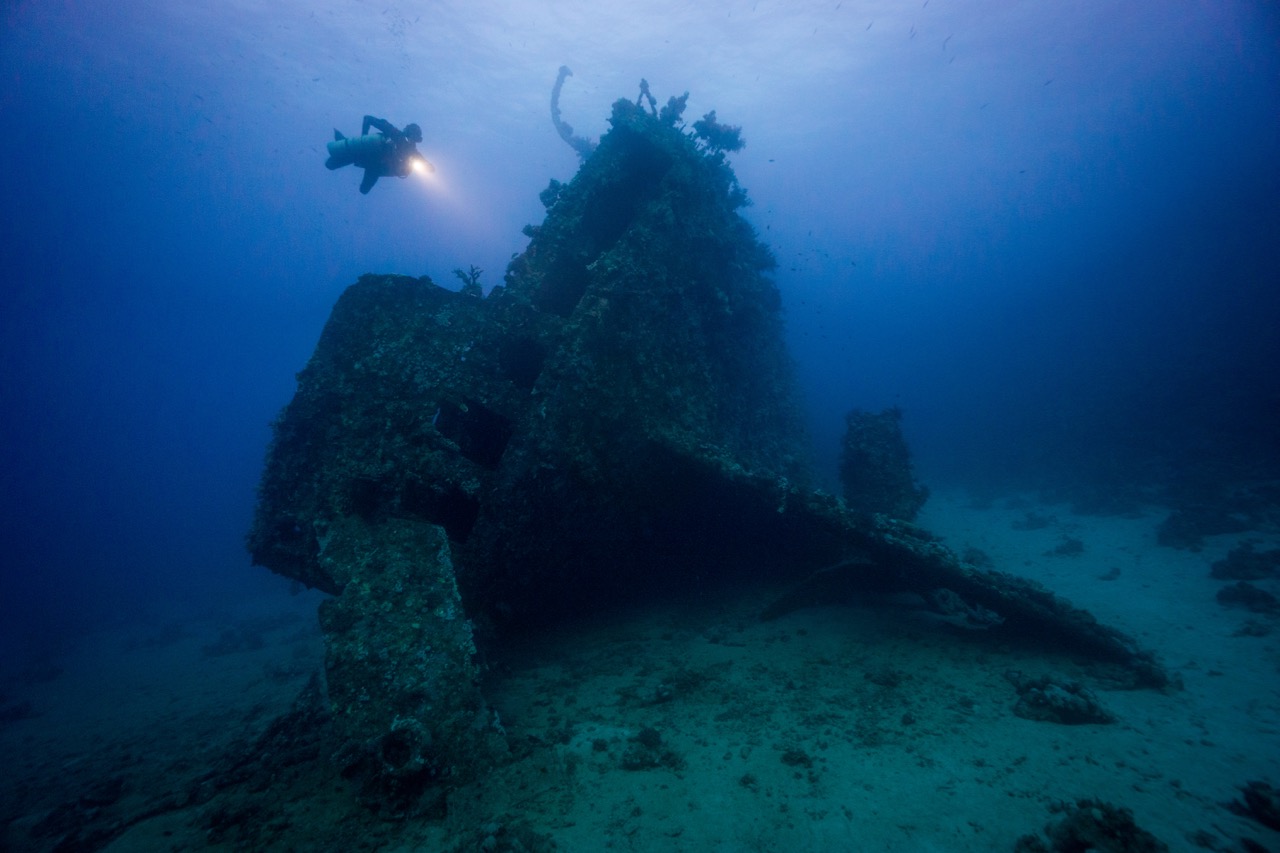
5. Dive Time
As you dive deeper, you’ll breathe a higher concentration of nitrogen, meaning you’ll reach your No-Decompression Limit (NDL) much sooner than on shallower dives. To keep within your limits, deeper dives will inevitably be shorter. Enriched air nitrox can extend your no stop dive time by reducing how much nitrogen you breathe. It is also used tec diving while decompressing to help reduce nitrogen levels in the body more quickly. See the PADI Tec 40 Diver course to learn more about technical decompression diving.
The PADI Deep Diver course will teach you the skills and knowledge to progress your diving to 130 feet or 40 meters, including dive planning, buddy contact, equipment, managing narcosis, and much more. Get started today on the eLearning or contact your local PADI Dive Shop to learn more.
